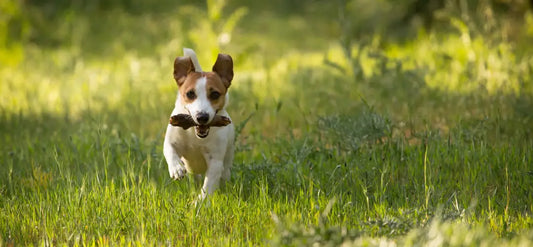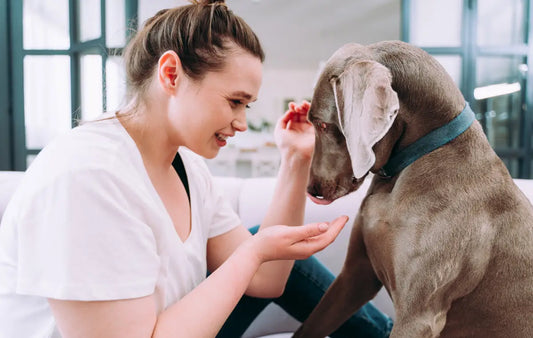He who brings the food is momentarily part of the heard. At least that’s how most horses tend to view their caretakers. This partially illuminates why some equine demonstrate mild to hostile behaviors come mealtime.
You see, like humans, when a dominant horse feels its resources are potentially threatened by another member of the ‘heard’ it can instinctually adopt some problematic mannerisms that when unchecked, can become habits. The good news is these habits can also be unlearned!
Curious how to diffuse food aggressive behaviors in your horse? Use this starter pack of ideas to make feedings more docile.
How do I know when my horse is being food-aggressive?
When horses are being food-aggressive it can manifest in several ways. You may notice your horse simply reaching for hay when it’s still in your hands or gently pushing on you to move you about the pen. These behaviors may seem mild enough, but left they uncorrected can lead to more hostile reactions.
Feed time gestures that are cause for concern may include things like:
- pawing the ground
- pinning their ears*
- tossing of the head
- baring teeth or biting
- charging at you
*Keep in mind that pinned ears alone could simply be a learned association and not necessarily a sure sign of true aggression. The litmus test is to see if the horse will let you feed and pet them while their ears are pinned. Non-food aggressive horses won’t react much if you try to take the food away, even if the ears are still pinned. Proceed with caution, but it’s important to discern the difference.
Feeding guidelines to help mitigate aggression
- Give multiple feedings per day. Feeding your horse at the exact same time every day is highly habit forming. It can create the potential emotional outbursts when food isn’t presented ‘on time.’ This is especially true if feeding only once or twice a day. That’s why it helps to feed throughout the day instead of at specific intervals. This more closely mimics the natural instinct to continually graze.
- Don’t feed in a group. Competitiveness over food and water is a natural and intrinsic motivation of horses. This can create unwanted and avoidable conflict. Keep the peace by feeding equine separately. If you must feed together, first give the dominant horse its food. Then ensure others are fed in open spaces where there are at least three horse lengths between each animal.
- Assert your dominance. If you’re not mindful of how you’re feeding, your horse could get the wrong idea. For instance, if you give treats from the hand, this could lead your horse to think it’s ok to take food directly from you. Don’t let them push into you either. They might take it as a sign they can control where you are in the pen. Once you start seeing dominant behaviors, it’s important to counter them. Otherwise, the horse might think its aggressive gestures like ear pinning or teeth baring are intimidating you into giving them food.
- Tell the horse when it’s ok to eat. Create a conditioned response of permission only eating. This will help you emerge as the dominant one in the heard. Try having a special whistle you use to call in for mealtimes and only feed when ears are forward. Once you give the invitation to eat, smile and leave the area.
As you see, aggressive behavior at feeding time can be dangerous. However, it can also be corrected. Loosening this possessiveness over food can help shift the emotional dominance-based behaviors that lead to food aggression, keeping you safe and your horse happy.



